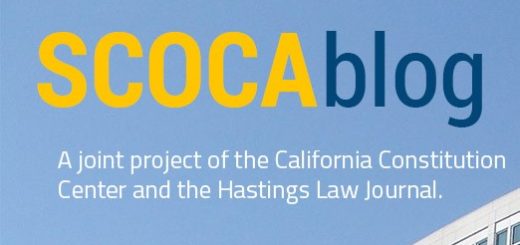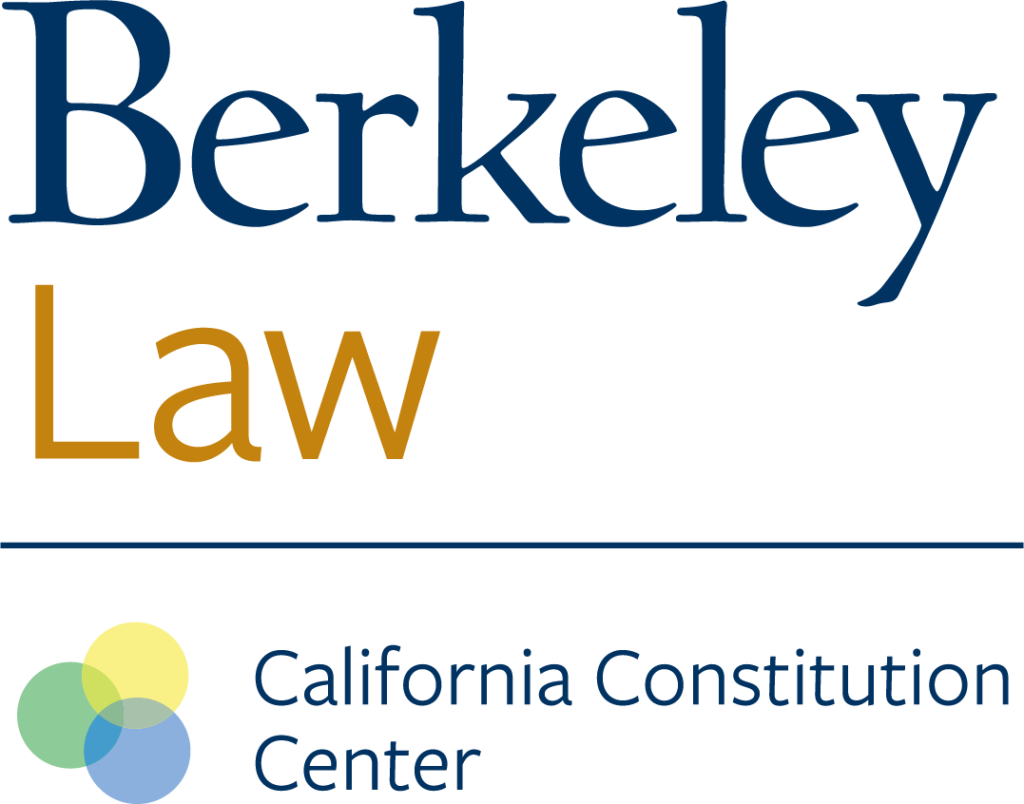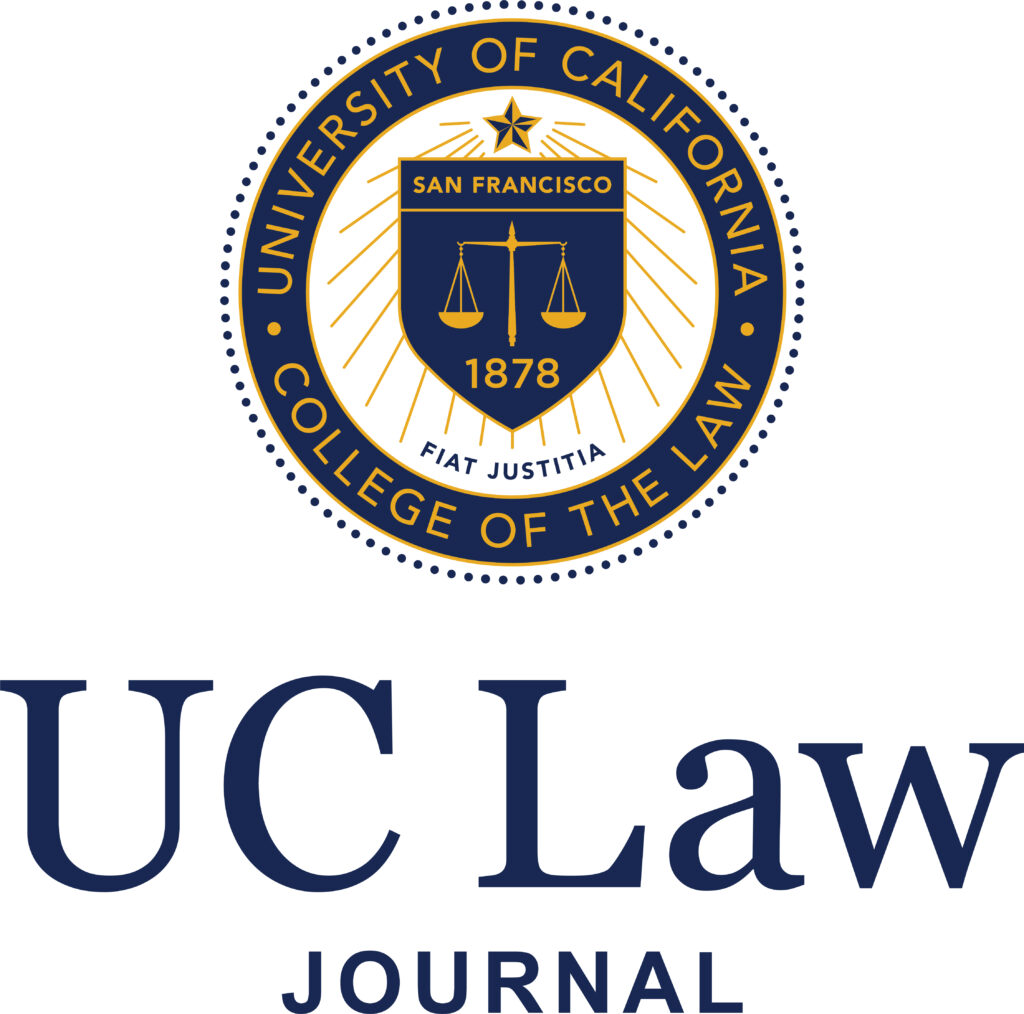Author: California Constitution Center
Overview Justice Patricia Guerrero likely will be confirmed as California’s 29th chief justice at the Commission on Judicial Appointments hearing on August 26, 2022, just five months after she was confirmed as an associate justice on March 22, 2022. That raises questions about how much judicial experience is necessary to lead California’s judicial branch. The answer is “not much” — reviewing the history of California chief justices shows that judicial branch leaders arrived with much, some, little, or no judicial experience. There is some evidence of correlation between two factors being predictive of success or failure (gauged by length of...
Overview In their SCOCAblog article “Fix the fatal flaw in SCA 10” Allison Macbeth and Elizabeth Bernal argued that California abortion rights, which rely on the same unwritten privacy interests the U.S. Supreme Court abrogated in Dobbs v. Jackson Women’s Health Organization, are similarly vulnerable to judicial repeal. They suggested that an initiative measure could add specific, detailed reproductive liberty rights to California’s constitution. Absent that specificity, Macbeth and Bernal argued that a California version of Dobbs remained a risk. Macbeth and Bernal were right to argue for improvements to a law that will constitutionalize a woman’s right to choose...
Overview In this article we speculate about possible scenarios and candidates for California’s next chief justice. We have no inside knowledge and advocate for no one. Our historical analysis identifies three scenarios: most likely, less likely, and least likely. The most likely scenario is a sitting associate justice being elevated to chief justice, and in this scenario a Court of Appeal justice probably gets nominated to fill the empty seat. The less likely scenario is a Court of Appeal justice being nominated to both fill the empty seat and to serve as chief justice. The least likely scenario is a...
California’s Chief Justice Tani Cantil-Sakauye will retire, she announced this morning in a media conference. Chief Justice Cantil-Sakauye will not file for retention election, and will vacate her position when her term ends in January 2023, having served a full 12-year term as California’s highest judicial officer. Appointed by Governor Arnold Schwarzenegger, she assumed office on January 3, 2011. She will be 63 when she leaves office, having served 32 years on the bench since Governor George Deukmejian first appointed her in 1990. Like her colleagues justices Carol Corrigan and Martin Jenkins, Cantil-Sakauye served at every level of California court...
Overview California Chief Justice Tani Cantil-Sakauye assumed office on August 25, 2010, and secured retention in the November 2010 general election. Her current term ends on January 1, 2023. When asked at the recent SCOCA Conference 2022 whether she intended to seek another term, the Chief Justice said “I’m still thinking about it.” We confirmed how long the Chief Justice has to consider that question: the deadline for a SCOCA justice to file for retention in the November 2022 election is August 15, 2022. Analysis California appellate justices serve 12-year terms.[1] Before their terms expire on the Monday after the...
Friday June 10, 20229:00am to 4:15pmBroadcast live from the California Supreme Court conference center. Click here to register! Program outline 9:00 – 9:55 Chief Justice Tani Cantil-Sakauye keynote. A discussion on the pandemic’s effects on the judicial branch, the Judicial Council’s efforts to continue providing access to justice, and the successes and lessons of remote appearances that should continue to improve courthouse availability. We will discuss how the pandemic’s lessons about conducting government remotely can improve civic engagement and access to the governing process. 10:00 – 10:55 David Ettinger and David A. Carrillo will review the court’s major decisions in...
Overview The document below is the hypothetical text of a possible California constitutional amendment and potential proponent’s argument, as an academic example of the sort of action that California’s legislature could, in theory, take if it wished. California Constitution Center fellows developed this after a conversation with Lieutenant Governor Eleni Kounalakis as an academic thought problem in the hypothetical case of a U.S. Supreme Court decision that removed federal constitutional protection for abortion. No one knows for sure if or when that might happen, so this is only one possible academic approach to what is at present a purely hypothetical...
Friday June 10, 20229:00am to 4:00pmBroadcast live from the California Supreme Court conference center. Click here to register! The California Constitution Center presents its conference on the California Supreme Court, in partnership with: Institute of Governmental Studies, Citrin Center, Bar Association of San Francisco, Alameda County Bar Association, California Academy of Appellate Lawyers, Hastings Law Journal, Santa Clara Law Review, UC Davis Law Review, San Diego Law Review, and California Law Review. This free event is eligible for six hours of MCLE credit.
Dear California: What a decade it’s been since John Yoo, Danny Chou, and David Carrillo forged the California Constitution Center in April 2012: no one foresaw a pandemic, Trump, a gubernatorial recall, and a European land war. Despite it all California still stands, and the center abides. In the center’s first decade we worked hard to build a body of knowledge, contribute to the law, and participate in policy debates. Our res gestae: A casebook 188 blog articles 64 moots 50 opinion editorials 47 fellows 25 classes 15 journal articles 15 conferences and events Five amicus briefs We did work...
Overview Our review of the California Supreme Court year in 2021 will focus on the court’s immediate future, and we see two possible viewpoints there. From one perspective the court is in harmony, with only incremental changes on the horizon. We still see no evidence on the current court of the partisan behavior that characterized voting patterns in its past, consensus continues to dominate, and there is no evidence of a Brown versus senior justices split. Yet from another perspective the court is primed for change, and that potential for change is our primary concern here. Analysis The court’s performance...




